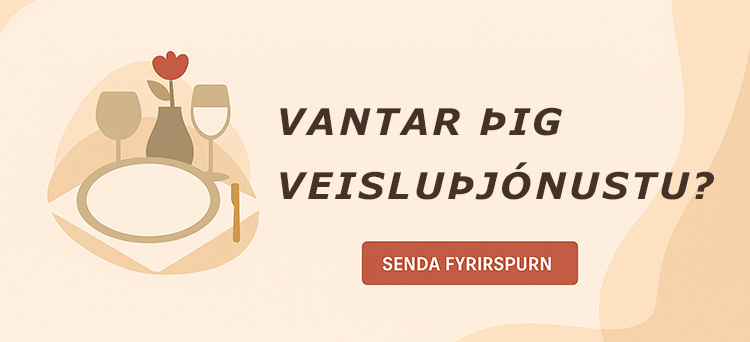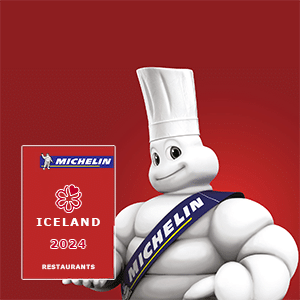Lifid
How phyllo pastry is made
Tracing the exact origins of phyllo pastry is quite a task as every ethnic group whose ancestry goes back to the Middle East claims that the pastry belongs to them.
Research has shown that as far back as the 8th century BC, the Assyrians were the first to put together a few thin layers of bread dough with nuts and honey and bake it in their wood-burning ovens. Baklava was the first dessert made for very special occasions and mainly only by the wealthy. Even today there is a saying in Turkey: „I am not rich enough to eat baklava every day.“
It is said that Greek sailors travelling to the area soon discovered the delights of baklava and took it back to Athens, where the dough itself was perfected.
The Greeks developed the technique of rolling the dough into its characteristic thin layers. The word phyllo means „leaf“ as the dough was rolled as thin as a leaf.
The Armenians were the first to add cinnamon and cloves to the baklava. As this recipe crossed borders, each added their own particular touches to the dish. That is why it is claimed by many nations as their own.
Turks prized baklava very highly. With their large harems, they believed the ingredients used in baklava had aphrodisiac properties. Certain spices were added to fine-tune the aphrodisiac properties, depending on the gender of the customer: cinnamon for females, cardamom for males and cloves for both.
Phyllo pastry in South Africa is a relatively new phenomenon. It has been produced since about 1966 when it was still done by hand – a labour-intensive process.
Today, the largest producers of local phyllo pastry are Cocam Foods. They were integrated into Fifers Bakery eight years ago.
In 1986 a machine was built to mechanise the production of the dough. The recipe has not changed much – it’s a combination of flour, water and salt with the addition of potassium sorbate as a preservative.
Phyllo pastry can be bought fresh or frozen and is used in a variety of delectable dishes, both sweet and savoury. As well as producing the pastry found in retailers, Fifers make a range of phyllo-pastry products, such as spanakopita (spinach and feta triangles), tyropita (cheese triangles) and kataifi (baklava made with finely shredded phyllo).
Source: © 2006 Star & Independent Online

-

 Viðtöl, örfréttir & frumraun5 dagar síðan
Viðtöl, örfréttir & frumraun5 dagar síðanÍsland tók yfir eldhúsið á VOX þegar Sævar Lárusson og Rúrik mættu til leiks
-
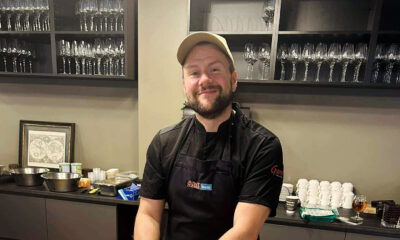
 Nýtt bakarí, veitingahús, fisk- og kjötbúð og hótel3 dagar síðan
Nýtt bakarí, veitingahús, fisk- og kjötbúð og hótel3 dagar síðanSushi staðurinn Majó flytur starfsemi sína í Hof á Akureyri
-
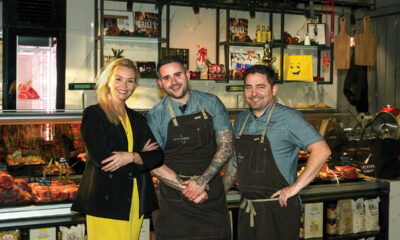
 Viðtöl, örfréttir & frumraun2 dagar síðan
Viðtöl, örfréttir & frumraun2 dagar síðanMeistarakokkar færa sælkeramat í hillur Krónunnar
-
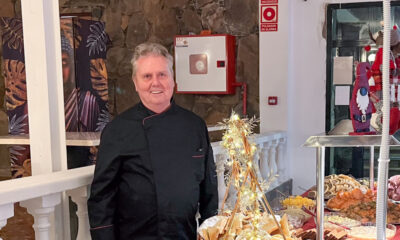
 Viðtöl, örfréttir & frumraun5 dagar síðan
Viðtöl, örfréttir & frumraun5 dagar síðanKristján Örn matreiðslumeistari bauð upp á glæsilegt jólahlaðborð á Gran Canaria – Myndir
-

 Nýtt bakarí, veitingahús, fisk- og kjötbúð og hótel4 dagar síðan
Nýtt bakarí, veitingahús, fisk- og kjötbúð og hótel4 dagar síðanNýtt bakarí í undirbúningi á Öskjureitnum á Húsavík
-

 Markaðurinn4 dagar síðan
Markaðurinn4 dagar síðanRMK heildverslun: Opnunartími yfir hátíðarnar
-
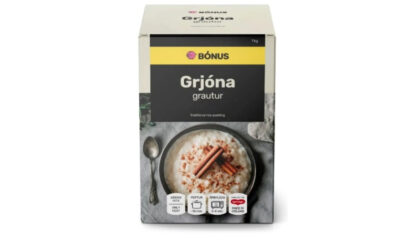
 Frétt5 dagar síðan
Frétt5 dagar síðanAðskotahlutur í Bónus grjónagraut – Matvælastofnun varar við neyslu
-

 Keppni2 dagar síðan
Keppni2 dagar síðanCoffee & Cocktails hreppti 1. sætið í Old Fashioned keppninni


